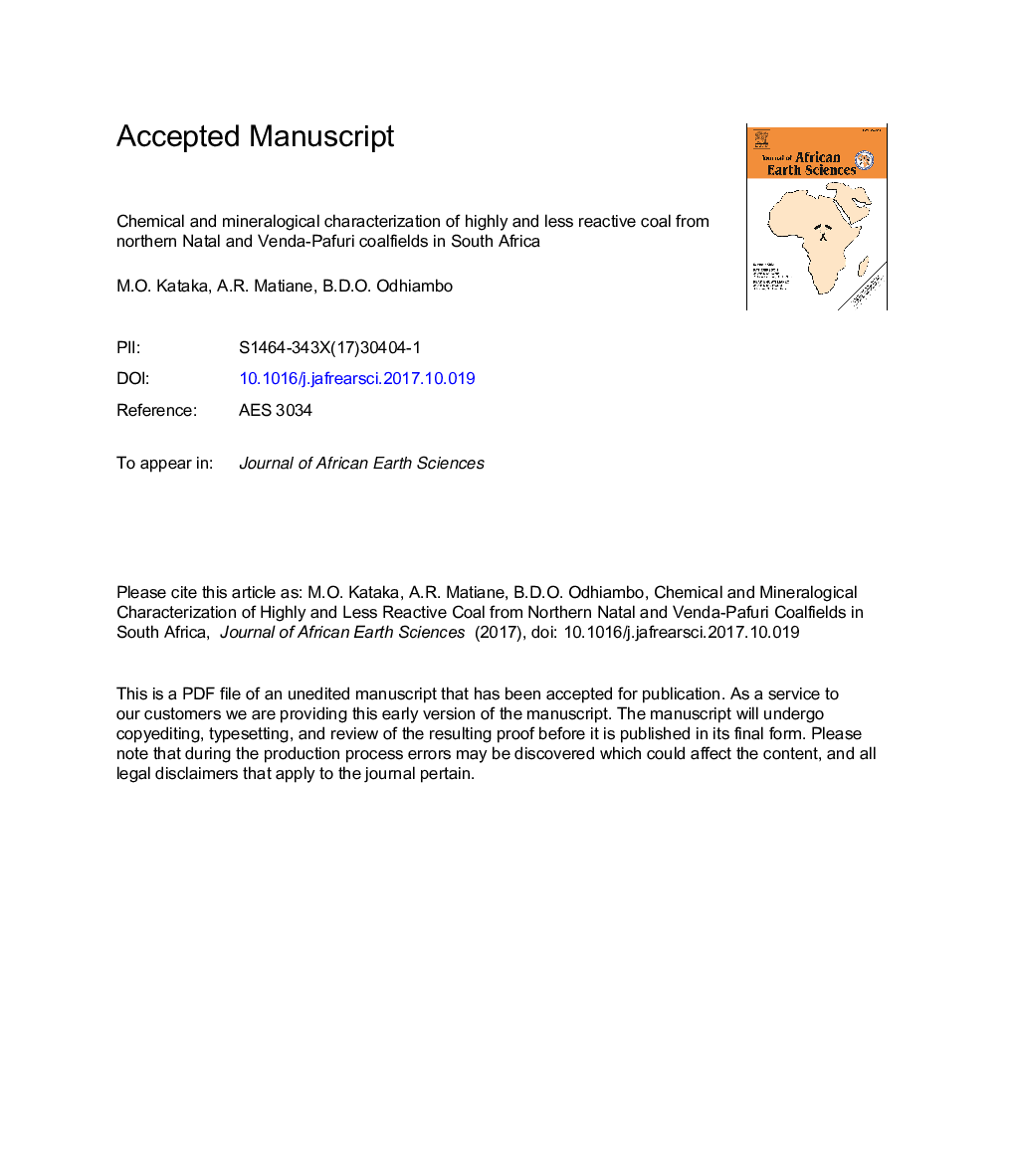| Article ID | Journal | Published Year | Pages | File Type |
|---|---|---|---|---|
| 8913755 | Journal of African Earth Sciences | 2018 | 34 Pages |
Abstract
The ultimate and proximate analysis showed that spontaneous coal has high contents of carbon, oxygen, and volatile matter as compared to non-spontaneous coal, making it more susceptible to spontaneous combustion. Non-spontaneous coal has higher ash content than the spontaneous coal. Furthermore, the petrographic analysis showed that spontaneous coal has high total reactivity compared to the non-spontaneous coal. Results from Glasser spontaneous test indicate that spontaneous coal absorbs more oxygen than non-spontaneous coal, which explains why spontaneous coal is more susceptible to spontaneous combustion. High reactive coal has low values of critical self-heating temperature (CSHT), indicating that this coal has potential of spontaneous ignition.
Keywords
Related Topics
Physical Sciences and Engineering
Earth and Planetary Sciences
Geology
Authors
M.O. Kataka, A.R. Matiane, B.D.O. Odhiambo,
